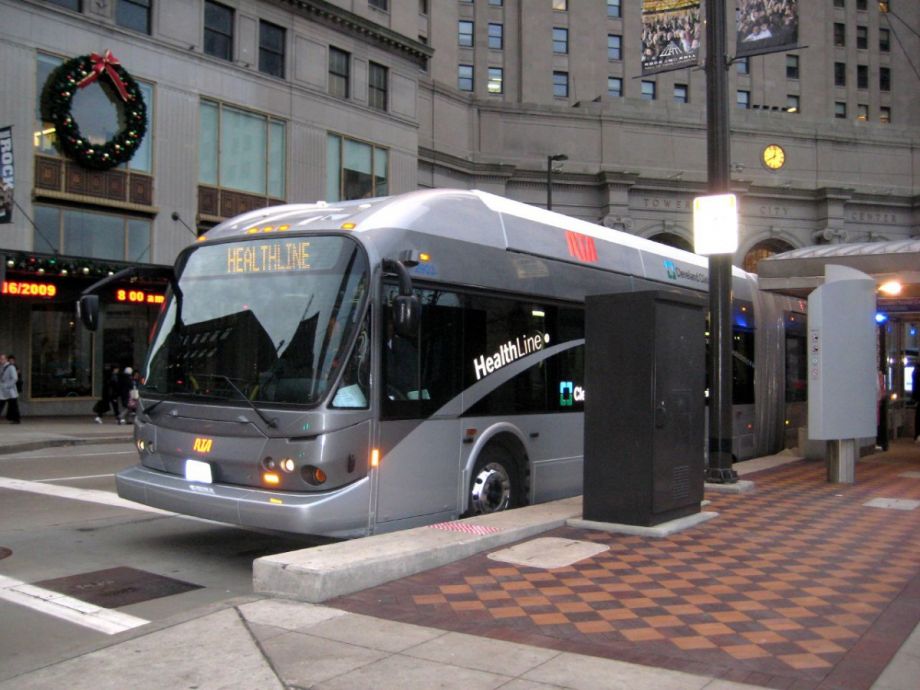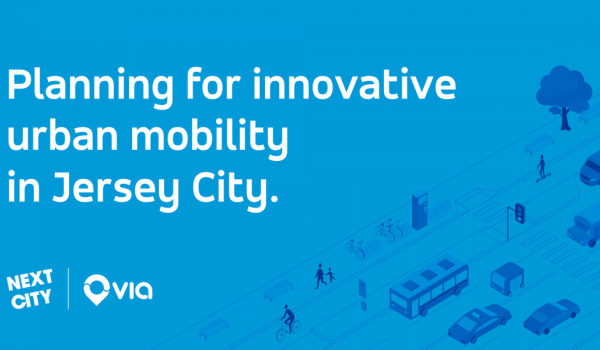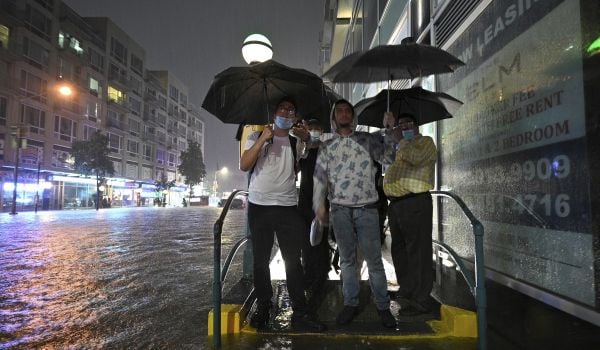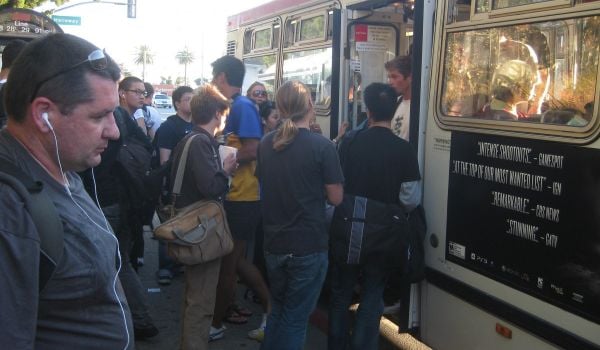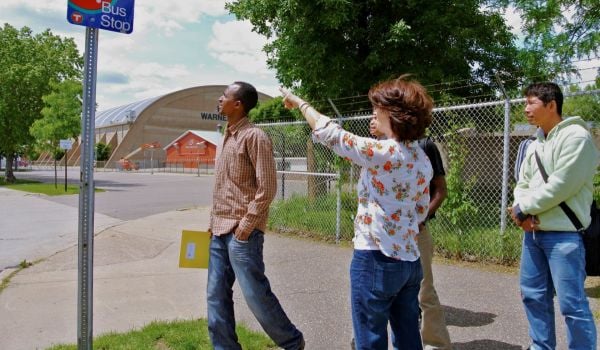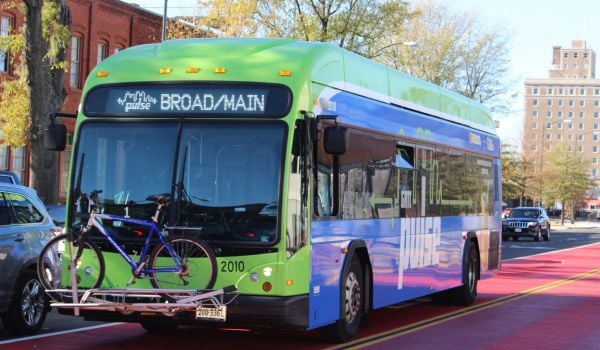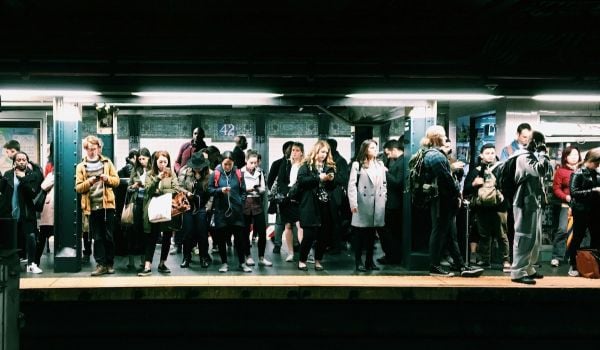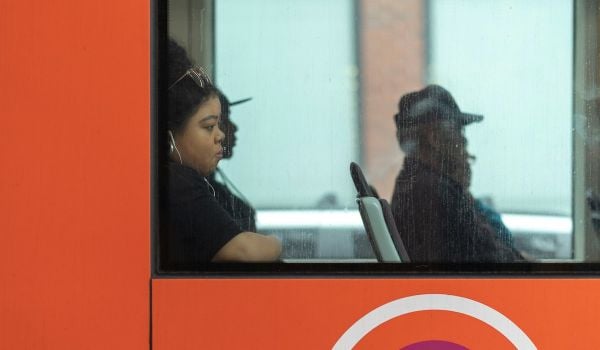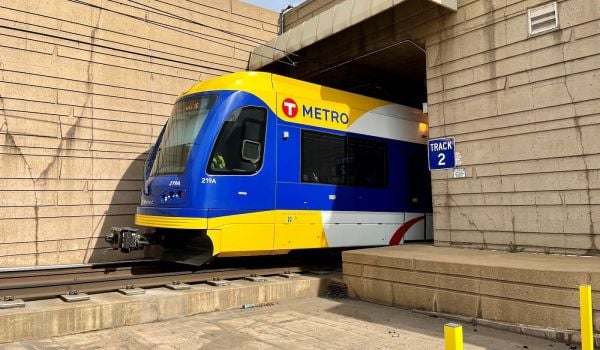When Cleveland’s $200 million Healthline opened for service in October 2008, its creators called it bus rapid transit (BRT) because of its shiny new vehicles, large stations, and dedicated bus lanes. But there’s nothing particularly “rapid” about the service the Heathline performs: along its 6.8-mile route between downtown’s Public Square and East Cleveland, buses stop at 33 stations in both directions, taking thirty-five minutes to get from one end to the other.
Nevertheless, those improvements were an important enough change for the buses along Euclid Avenue to increase ridership by 50% in the year since opening. In other words, people are attracted to aesthetic improvements that come with better buses and shelters; people are more likely to choose transit when it looks good, even if it’s not that fast.
In the context of the federal government’s announcement this week of $775 million in grants for local bus systems, Cleveland’s example may be just the right place to point, by showing that relatively minor improvements in the look and feel of transit networks can attract more users to transit.
The Federal Transit Administration’s grants, which will be announced late this summer, will be distributed to local public transportation agencies based on merit after undergoing competitive review. Cities are already lining up for the money (Baltimore, Dallas, etc). Funding will go towards new buses, equipment, and facilities, of which local agencies will be expected to pick up 20% of costs. The Healthline sets a precedent worth examining: people will respond to nice buses, frequent services, and comfortable stations. It’s nice to see Washington demonstrate its support of similar projects elsewhere.
These grants come in addition to the roughly eight billion dollars distributed each year for assorted public transportation capital costs.
None of these investments, unfortunately, will do anything to address the mounting operations funding crisis currently facing transit agencies from Maine to California. Congress has yet to allow the Department of Transportation to devote significant national funds to paying for the salaries of bus drivers or the fuel to fill up buses. With these new grants, Washington may be investing in buses and stops that are only lightly used.

Yonah Freemark is a senior research associate in the Metropolitan Housing and Communities Policy Center at the Urban Institute, where he is the research director of the Land Use Lab at Urban. His research focuses on the intersection of land use, affordable housing, transportation, and governance.

